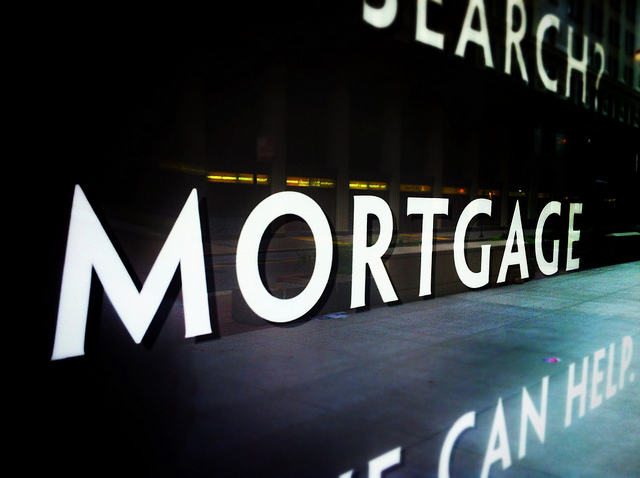When mortgage credit is tight, it’s harder for prospective home buyers to secure financing. That means, fewer potential buyers will qualify for home loans and fewer homes will be sold. Fortunately, data from the Mortgage Bankers Association, shows mortgage credit has been loosening and the trend continued in October. In fact, the Mortgage Credit Availability Index – which is scored in such a way that any increase indicates credit is loosening, while a decline signals that lending standards are tightening – increased 1.5 percent from the month before. Mike Fratantoni, MBA’s chief economist, said October’s results are partly due to new loan programs. “Credit availability increased in October mainly as a result of new conforming loan programs, many of which were affordable housing programs which have lower down payment requirements,†Fratantoni said. A closer look at the numbers reveals that conforming loans did see the biggest increase, rising 2.7 percent over September. However, all loan categories loosened from the month before including loans backed by the Federal Housing Administration, as well as conventional and jumbo mortgages. More here.












